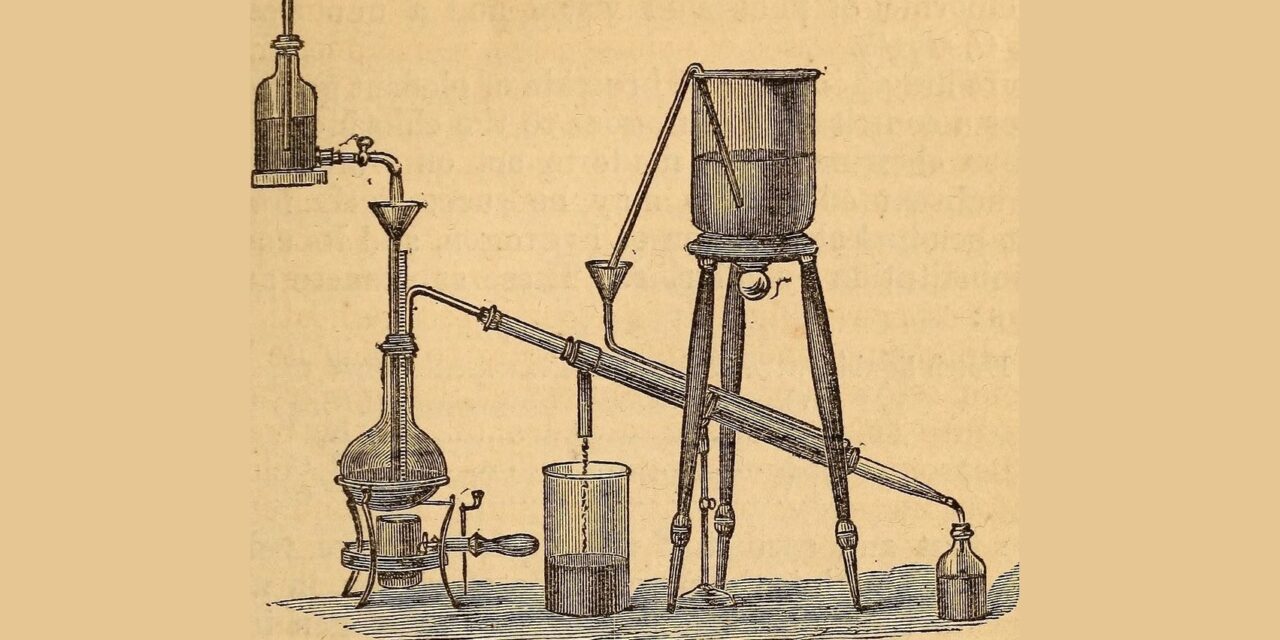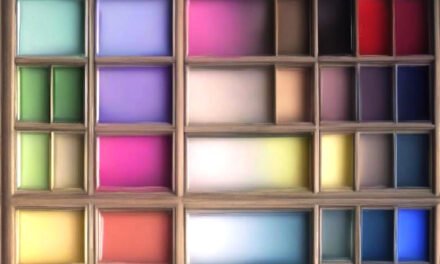From the pages of The Daylesford Mercury and Express – Thursday 8 July 1869
How to Detect False Diamonds
The more valuable an article is the more it is counterfeited, and the greater the perfection to which falsification is carried. The diamond has been so successfully imitated that he must be an expert indeed who can tell the false from the true.
It by no means follows that because a man deals in jewels his honesty must be of the first water, and the fact of a purchaser having paid for a diamond is not always proof that he has obtained one. There are known tests of genuineness, it is true; but they are chiefly optical, and require apparatus and skill to make them.
A method which anyone can apply, or easily get applied, has been discovered by an Italian chemist. If you have a doubtful stone, put it, or have it put, into a leaden or platinum cup with some powdered fluor spar and a little oil of vitrol. Warm the vessel over some lighted charcoal in a fireplace or wherever there is a strong draught to carry away the strong, noxious vapors that will be copiously evolved. When these vapors have ceased to rise let the whole cool, and then stir the mixture with a glass rod to fish out the diamond.
If you find it intact, it is a genuine stone; but if it is false it will be corroded by the hydrofluoric acid that has been generated around it. A small paste diamond would disappear altogether under the treatment.
From the Daylesford & District Historical Society
Editor’s note: Children should be supervised when doing this experiment.





